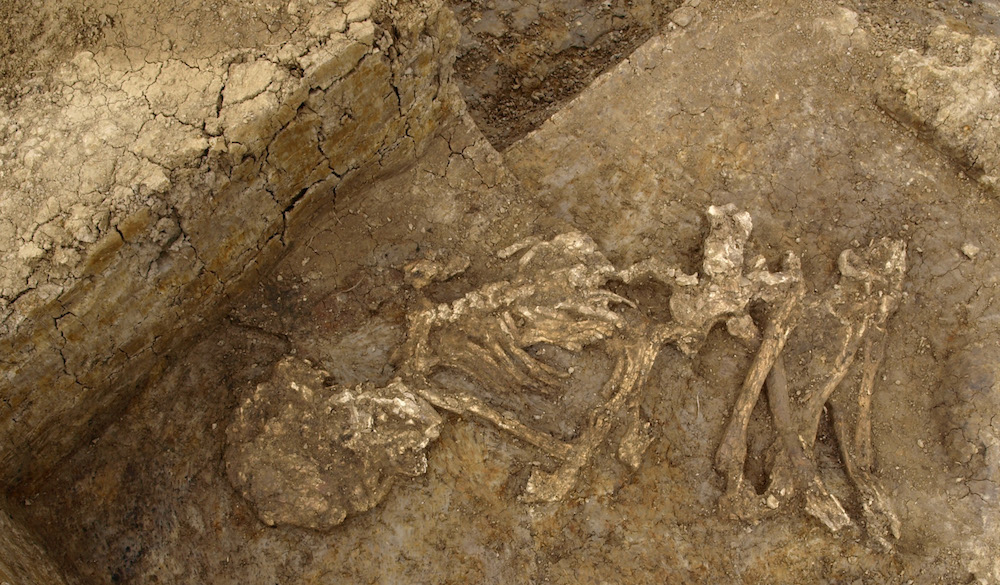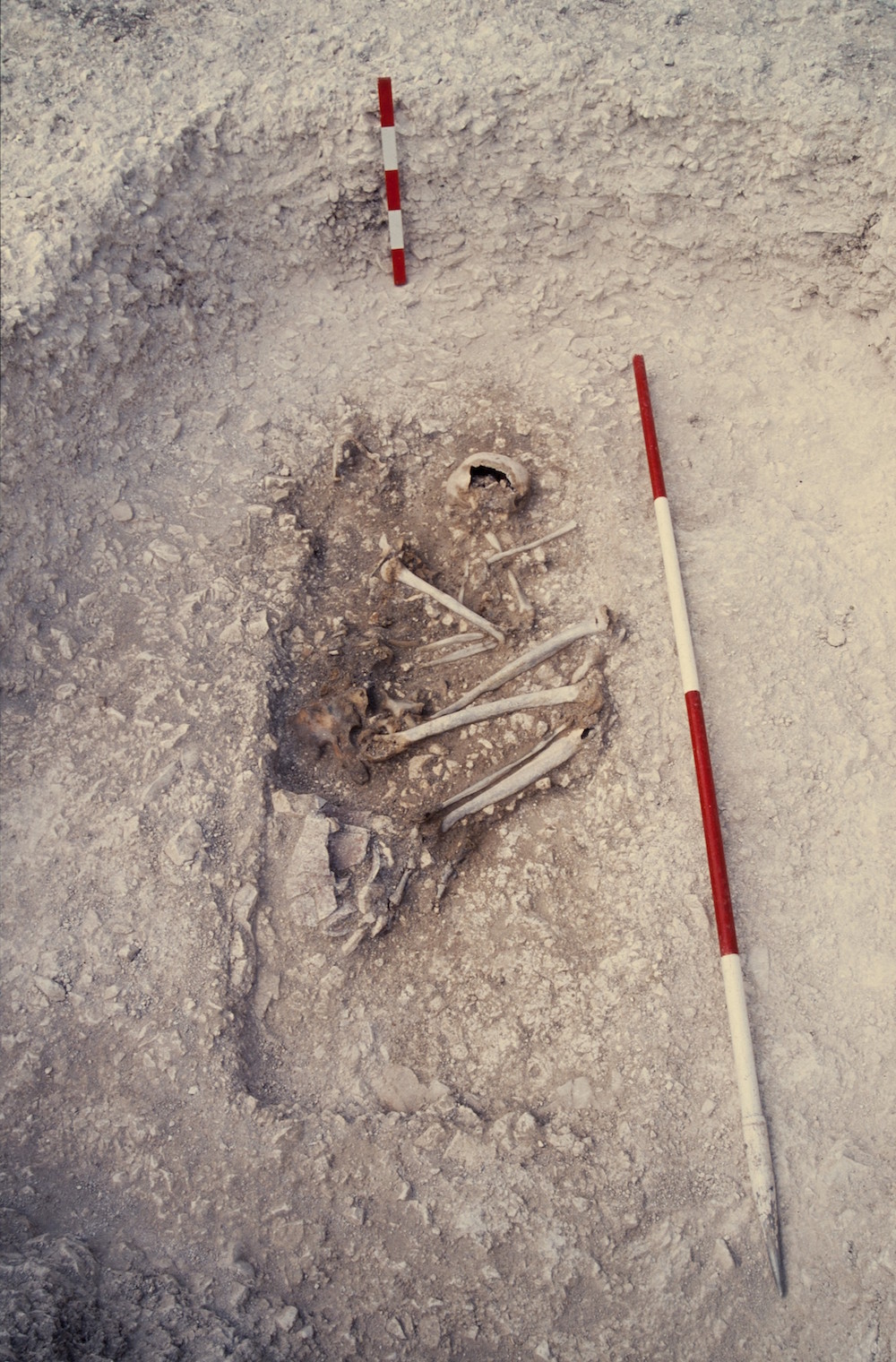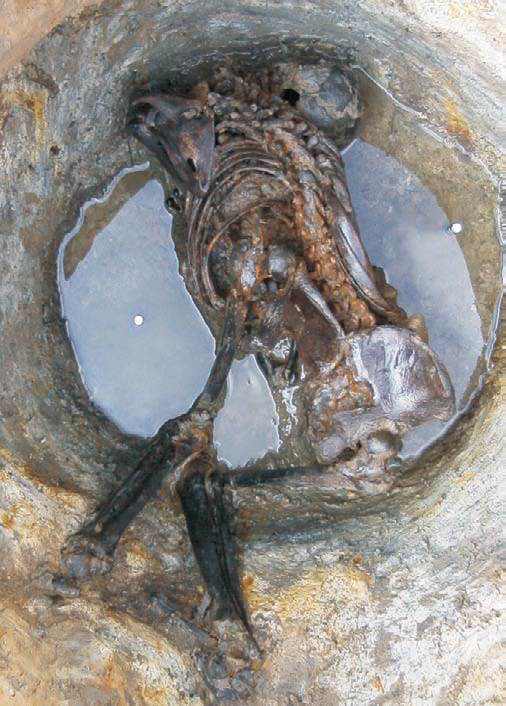Bronze Age Britons Mummified Their Dead, Analysis Reveals

The rainy climate of the British Isles might not seem like the best place to preserve human bodies through time, but a new scientific analysis of ancient bones reveals that Bronze Age Britain was a mummy hotspot.
Specifically, archaeologists found that human remains had been preserved in various ways during the Bronze Age, a period lasting from about 2200 B.C. to 750 B.C.
At first glance, the analyzed skeletal remains might not look like mummies, the researchers said. That's because the region's wet climate has long since disintegrated the fleshy tissue, including the skin and organs, from the human bones found buried in the ground. But archaeologists, who have uncovered a number of Bronze Age skeletons over the years, now can analyze the bones to determine whether they were once mummified, the researchers said in a study. [Photos: Ancient Egyptian Cemetery with 1 Million Mummies]
"The results demonstrate that Bronze Age populations throughout Britain practiced mummification on a proportion of their dead, although the criteria for selection are not yet certain," the researchers wrote.
When people die, their gut bacteria — which usually aid in digestion — turn against them.
"After you die and your cells start to break down, the kind of internal gates that keep your bacteria within their locales break down as well," said study lead researcher Thomas Booth, a postdoctoral student of Earth sciences at the Natural History Museum in London. Booth completed the research when he was a doctoral student in archaeology at the University of Sheffield in England.
"Your bacteria — they have no loyalty," Booth told Live Science. "They start to attack your soft tissues in the first few hours after death."
Get the world’s most fascinating discoveries delivered straight to your inbox.
These gut bacteria can eventually get into the bones, leaving behind microscopic tunnels as they devour proteins in a dead person's skeleton, research suggests.
Archaeologists have seen evidence of this bacterial tunneling — called bacterial bioerosion — in multitudes of bones. But if the body has been mummified, or purposely preserved with natural and man-made techniques, the bones tend to have few or no microscopic tunnels, Booth said.
When he and his colleagues looked at skeletons from the Bronze Age in Britain, "they were showing only a little bit of bacterial attack, or none at all," Booth said. "And, therefore, the best explanation for Bronze Age remains is that they had been mummified, but the preserved soft tissue subsequently degraded away because of the climate."
Bronze Age bodies
The researchers did a microscopic analysis on the bones of 301 people, retrieved from 25 European archaeological sites. In most cases, they looked at the femur, a long bone in the leg, Booth said.
Of these, 34 individuals were from the Bronze Age. More than half of the samples showed evidence that the person had been buried immediately, but 16 had "excellent bone preservation," compared with mummies from Ireland and Yemen, indicating that these Bronze Age people were mummified after death, the researchers wrote.
The finding gives researchers a glimpse of how Bronze Age people treated the dead, and "opens up how we approach the Bronze Age in Europe," Booth said. It's likely the Bronze Age Britons used a variety of ways to mummify the dead, including temporarily placing them in bogs, smoking them over a fire or removing their organs after death, he said.
The study is the first time researchers have used this type of analysis to identify specific funerary treatments in archaeological bones, he said. It also reminds other scientists that "even if you don't have preserved soft tissue at a site, it doesn't mean that people weren't mummifying at the site," Booth said.
The study was published online today (Sept. 30) in the journal Antiquity.
Follow Laura Geggel on Twitter @LauraGeggel. Follow Live Science @livescience, Facebook & Google+. Original article on Live Science.

Laura is the managing editor at Live Science. She also runs the archaeology section and the Life's Little Mysteries series. Her work has appeared in The New York Times, Scholastic, Popular Science and Spectrum, a site on autism research. She has won multiple awards from the Society of Professional Journalists and the Washington Newspaper Publishers Association for her reporting at a weekly newspaper near Seattle. Laura holds a bachelor's degree in English literature and psychology from Washington University in St. Louis and a master's degree in science writing from NYU.




